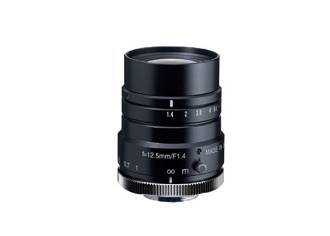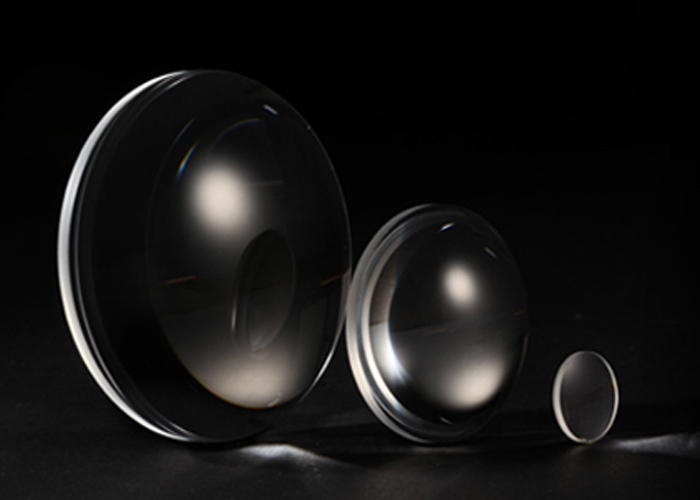As users of optical microscopes, we have realized that whether it is a basic microscope or a large microscope system, the internal optical system is its core part, especially the microscope objective lens is the most important. Today's optic illuminator manufacturer shares your knowledge of objective lenses.
There are many types of micro-objectives and their application scenarios are different, including the common fields of life sciences and biomedicine. Below we look at a typical microscope objective lens and the logo on the objective lens, as shown below. The objective lens is marked with the manufacturer's name (OLYMPUS), flat field correction (Plan), apochromatic correction (Apo), magnification (60X),
Numerical aperture (1.40), immersion medium (Oil) used for objective lens observation, special optical properties (DIC), infinity optical correction objective type (∞), applicable glass thickness (0.17mm), working distance of objective lens (0.21mm) .
Color identification on the microscope objective. There are also some colors on the objective lens in the above picture, which is convenient for us to understand the properties of the objective lens. For example, this objective lens has a blue ring, which represents the objective lens's magnification 60 or 63 times. If it is a 4x objective lens, the identification ring at the same position should be red; if it is a 10x objective lens, it is yellow. The font color of the text on the objective lens (Plan Apo 60x / 1.4 Oil) also represents a certain meaning. For example, the font color of ordinary objective lenses is black, and the font color of phase contrast objectives is green (like the objective lens LUCPLFLN20XPH, where the last two letters PH (Phase Contrast), the font color of polarized or differential interference special objective lens is red.
Achromatic level:
High-level microscope objectives commonly used in life science research are generally achromatic, semi-apochromatic, or even apochromatic. To understand which achromatic level your objective lens has, you can refer to the following table. Achromat, ie achromatic level, is a color correction for blue and red monochromatic spectrum; Fluorite, semi-apochromatic, is a color correction for full visible spectrum such as blue, green and red; Apochromat and apochromatic Corrected the chromatic aberration for the dark blue, blue, green and red spectra.

Microscope Objective
Thread standard:
Mounting the objective lens on the microscope needs to match the thread standard. In the industry for a long time, the thread standard of the objective lens is RMS (Royal Microscopical Society), which improves the versatility of objectives from different manufacturers. For example, most of Olympus objectives are RMS threaded, and other manufacturers use standards such as M25 / M32. Correspondingly, the objective lens also has a parfocal distance (see the figure below). Parfocal's popular understanding is that when the objective lens is changed from 10 times to 20 times and 40 times, the sample remains at the same focal plane. on. Parfocal distance standards are 45mm and 60mm. Different manufacturers have different design considerations.
Working distance:
The working distance is a very important parameter for the objective lens. In the last issue, we read a sign like "WD 0.21" on the objective lens, which means that the working distance is 0.21mm. In life sciences applications, the working distance requirements for objective lenses vary greatly. When the bottom of the cell room or the sample vessel is relatively thick (> 1mm), a long working distance objective lens is very necessary. Rate objective lens, working distance is only 0.18mm. Therefore, when we choose the objective lens, we must clearly define the use scene and the requirements for the working distance.
Numerical Aperture:
Numerical Aperture (NA). The two 40x objective lenses mentioned above have very different working distances and the corresponding numerical apertures are different (NA 0.95 and NA 0.6). The optical resolution of the objective lens is exactly inversely proportional to NA. The general resolution formula is d = 0.61 * wavelength / NA, which means that the larger the NA, the higher the objective lens resolution. The following figure is a description of the collected light angles of two different objective lenses (dry lens and oil lens). It can be seen that the light receiving angle of the oil lens is very large. The larger the refractive index, the larger the light receiving angle, the larger the NA. So this is why the resolution of oil mirrors is higher than that of dry mirrors.
gain:
Magnification (Magnification), most students may think that the magnification is the best to understand, the number of times marked on the objective lens is several times. In fact, this is not completely accurate. For example, when the Olympus objective lens is mounted on a Nikon microscope, the objective lens labeled 20 times is actually not 20 times the final magnification. Why is this? Now all scientific-grade objective lenses have been calibrated by infinity optical system. To realize the imaging function, the objective lens also needs to be matched with a Tube Lens to truly produce an image. Therefore, the true magnification of the objective lens = Tube Lens focal length / objective lens focal length. For different manufacturers, Tube Lens focal length is different, such as Olympus is 180mm and Nikon is 200mm. In this case, a 20x Olympus objective is mounted on a Nikon microscope and the true magnification is 22.2x.













